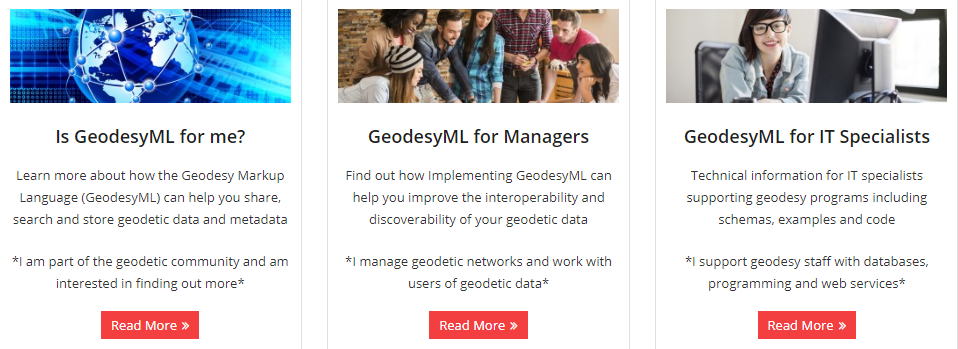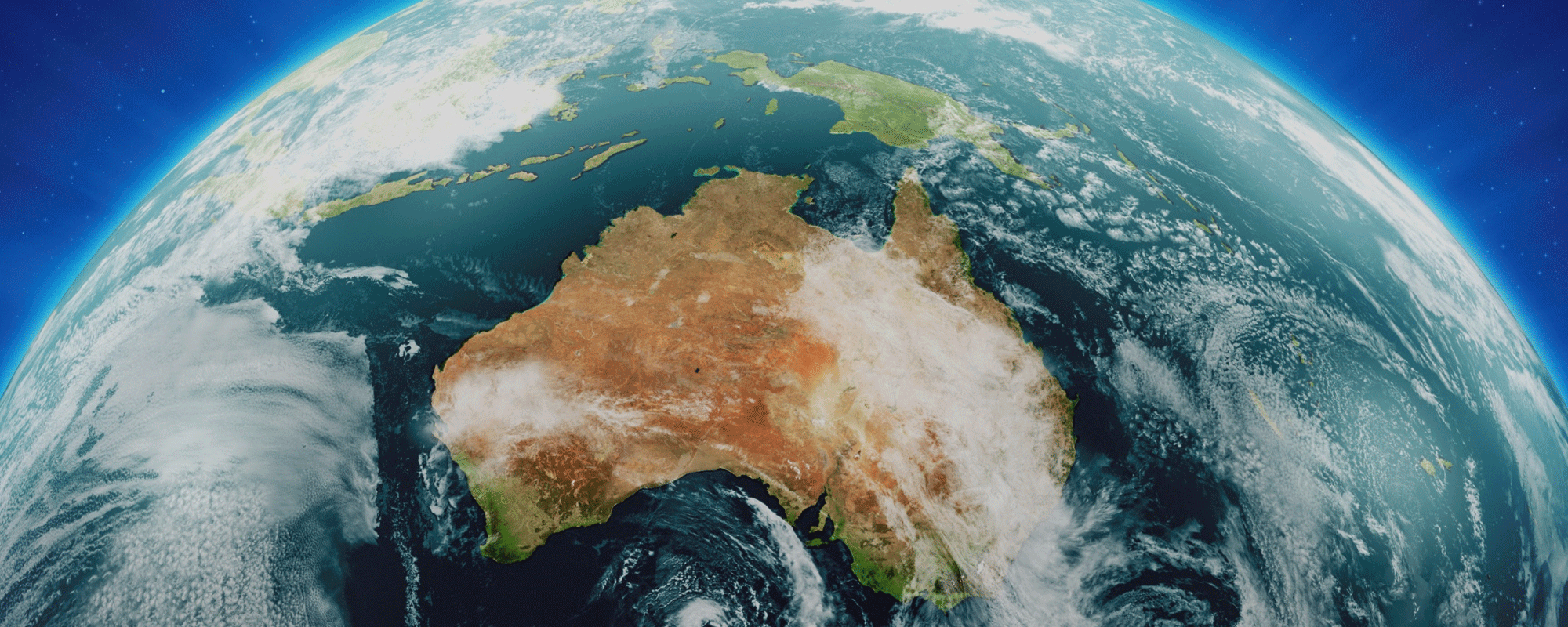Within the next five years, Global Navigation Satellite Systems (GNSS), with corrections from internet or satellite communications, will permit national coverage of positioning services with real-time accuracy of several centimetres or better. This will open up a wide range of positioning applications for new industries (e.g. intelligent transport systems, precision agriculture, location based services etc.) and enable existing industries to improve productivity, efficiency, safety and understanding of the Earth to assist in making important decisions. To support new and existing users, it is essential that geodetic data is Findable Accessible Interoperable and Reusable (FAIR) to maximise data potential. This includes the need to move away from ASCII based standards (flat files) used by geodesists today, to machine-to-machine communication (such as web services and APIs) to improve the efficiency, robustness and accuracy with which data and metadata are shared.
The Permanent Committee on Geodesy is working with several groups internationally on the development and refinement of standards to serve the needs of new (non-geodetic) users, who will emerge because of the rapid growth in precise positioning services. Broad, multi-domain, standards are important for combining geodetic data with data from other domains.

The Geodesy Markup Language (GeodesyML; www.geodesyml.org) is one example of the work we are doing on standards development. GeodesyML is a standard way of describing (encoding) and sharing geodetic data and metadata. In the same way people from all over the world speak different languages, so do geodesists. For example, some people use the term ‘GNSS station’ and others use the term ‘GNSS site’. GeodesyML is a common language. By mapping your database to GeodesyML, when your data is shared with others, it is easy for the user to discover and combine with other data.


